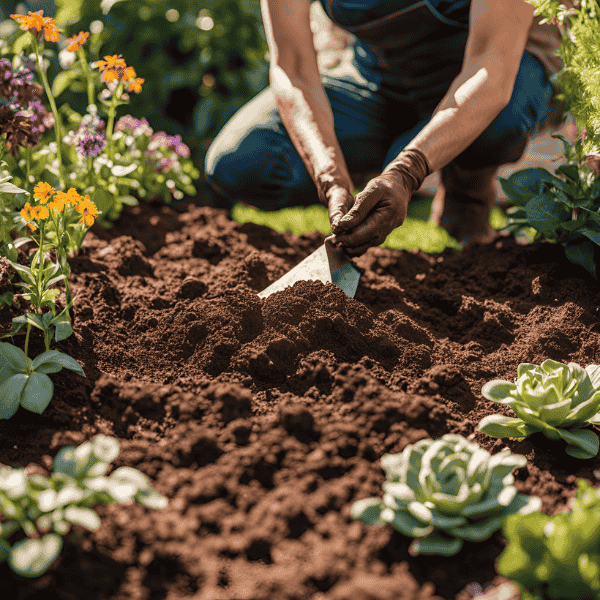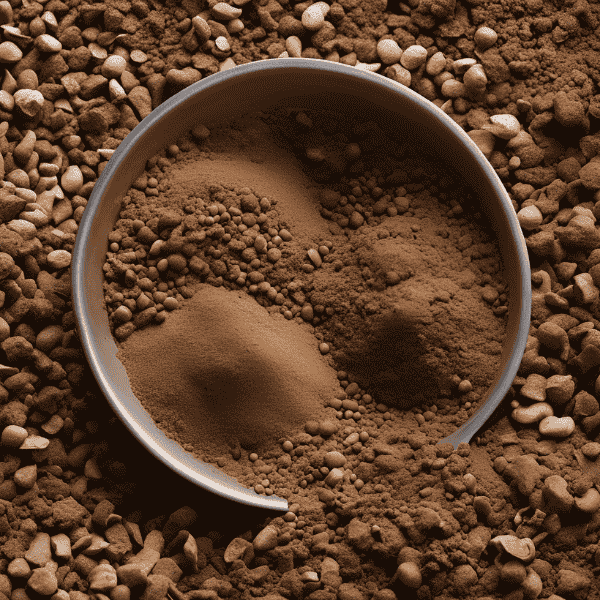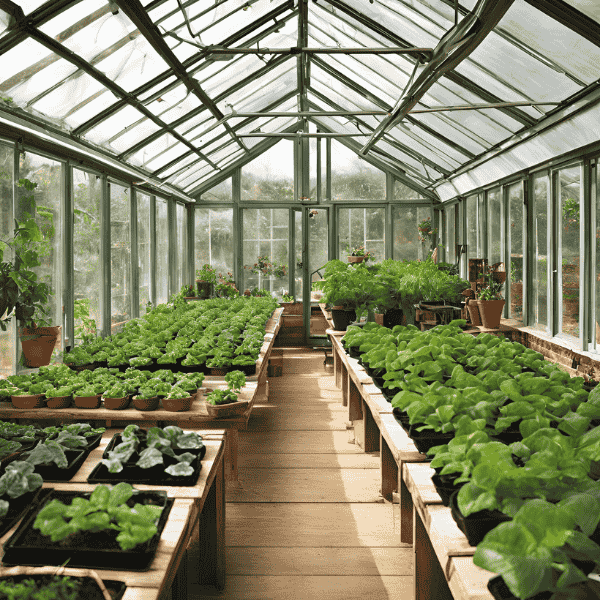Soil Preparation and Fertilization: The Secrets to Thriving Plants

When it comes to gardening, getting the soil right is one of the most important steps for ensuring your plants grow healthy and strong. It might not be the most glamorous part of gardening, but understanding soil preparation and fertilization is the key to unlocking your garden’s potential. Let’s dive into the basics and figure out how to get your soil ready for the perfect plant growth.
Why Soil Matters So Much
Think of soil as the foundation of your garden. Just like a building needs a solid foundation to stand tall, plants need good soil to grow strong. Soil is where your plants get all their essential nutrients, water, and oxygen. But not all soil is created equal! That’s why soil preparation is so crucial. If the soil isn’t right, plants can struggle to thrive, no matter how much water or sunlight they get.Step 1: Soil Testing – Know What You’re Working With
Before you start adding fertilizers or compost, it’s important to know what’s already in your soil. This is where soil testing comes in. A soil test can tell you the pH level (how acidic or alkaline the soil is), nutrient levels (like nitrogen, phosphorus, and potassium), and whether there are any deficiencies. You can easily find soil testing kits at garden centers, or you can send samples to a local lab for more in-depth analysis. Once you know the results, you’ll have a clearer picture of your soil’s strengths and weaknesses. For example, if your soil is too acidic (low pH), certain plants might struggle. On the flip side, if it’s too alkaline (high pH), other plants won’t thrive. Soil testing helps you understand these factors so you can adjust accordingly.Step 2: Improving Soil Quality – Give It a Boost
Now that you know what’s going on with your soil, it’s time to improve it. Here’s where the fun begins! There are a few different ways to enhance soil quality, depending on what it needs:- Compost: One of the best ways to improve soil is by adding organic matter like compost. Compost not only adds nutrients but also helps improve soil structure, drainage, and moisture retention. It’s like giving your soil a healthy, nutrient-rich meal!
- Organic Mulch: Adding mulch to your garden beds can help retain moisture, reduce weeds, and regulate soil temperature. Over time, mulch breaks down and adds even more organic matter to your soil.
- Sand or Clay (depending on your soil type): If you have heavy clay soil that doesn’t drain well, adding sand can help improve its structure. On the other hand, if your soil is too sandy and drains too quickly, adding organic matter like compost can help retain moisture.
- Cover Crops: Growing cover crops like clover or rye can help improve soil structure over time. They prevent soil erosion, add organic matter, and even help fix nitrogen in the soil, which is an essential nutrient for plants.
Step 3: When and How to Fertilize – Timing Is Everything
Fertilizing can feel a bit like a balancing act. Add too much, and you risk overfeeding your plants, leading to unhealthy growth or nutrient imbalances. Add too little, and your plants may struggle to get the nutrients they need. So when should you add fertilizers, and how much is enough?- When to Fertilize: The best time to fertilize your plants is during their active growing season. For most plants, this is in the spring and early summer. Fertilizing during this time gives your plants the boost they need to grow strong. However, avoid fertilizing during the fall or winter, as plants tend to be dormant and don’t need as many nutrients.
- Types of Fertilizers: There are two main types of fertilizers: organic and synthetic. Organic fertilizers (like compost, manure, and bone meal) release nutrients slowly, which is great for long-term soil health. Synthetic fertilizers, on the other hand, provide a quick nutrient boost but can sometimes lead to nutrient imbalances or harm soil life if used too frequently.
- Slow-Release vs. Fast-Release: Slow-release fertilizers are often the go-to because they feed your plants gradually, providing a steady supply of nutrients over time. Fast-release fertilizers are good for quick results but need to be applied more often. If you’re looking for something that will last longer, slow-release is the way to go.
Step 4: Signs You Need to Fertilize
How do you know if your plants need extra nutrients? Here are some common signs that might indicate your soil needs fertilization:- Yellowing Leaves: If the lower leaves of your plants are turning yellow, it could be a sign of nitrogen deficiency.
- Stunted Growth: If your plants are growing slowly or not as tall as they should be, they may be lacking in essential nutrients like phosphorus or potassium.
- Poor Flowering or Fruiting: If your plants are flowering but not producing fruits or the flowers are tiny and sparse, it could mean they’re lacking in phosphorus or potassium.
Step 5: Fertilizing Tips and Best Practices
- Read the Labels: Whether you’re using organic or synthetic fertilizers, always read the label to make sure you’re using the right amount. Over-fertilizing can lead to nutrient burn or imbalance.
- Water Before Fertilizing: It’s always a good idea to water your plants before applying fertilizer. This ensures the nutrients get absorbed properly and prevents root burn.
- Avoid Over-Fertilizing: Too much fertilizer can damage your plants and the soil. It’s better to under-fertilize and gradually increase if needed.



